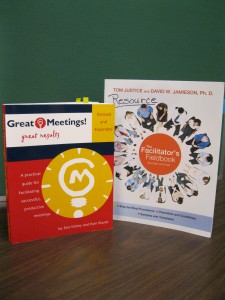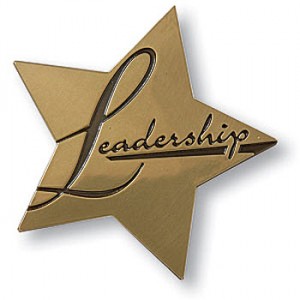 Change is ever present and ever accelerating. It is both a journey and a destination. We would hope that we could reach our destination of successful change by simply selecting the right road clearly marked, an arrow pointing us in the right direction. However, organizational change is more complicated and requires a thoughtful and insightful leader willing to invest resources to see the change initiative through to its successful conclusion, arriving at the desired destination.
Change is ever present and ever accelerating. It is both a journey and a destination. We would hope that we could reach our destination of successful change by simply selecting the right road clearly marked, an arrow pointing us in the right direction. However, organizational change is more complicated and requires a thoughtful and insightful leader willing to invest resources to see the change initiative through to its successful conclusion, arriving at the desired destination.
A common definition of change is a place to begin our discussion. Consider change to mean something like:
- initiated by one of more organizational leader(s);
- intended to achieve certain results through modification of other people’s behaviors or routines; and
- achievement of these modifications having consequences for a particular organizational unit or the organization as a whole.
In short we are talking about demands placed on organizations or subunits that require significant departure from people’s current routines and behaviors. The success of this change depends upon the support of those affected by the change. Personal change precedes the organizational change.
John P. Kotter in his article Leading Change: Why Transformation Efforts Fail published in Harvard Business Review (March 1995) presents his eight steps to transforming an organization. He presents change as a process and not an event that requires a considerable amount of time to plan, implement and manage. Steps include:
- Establishing a sense of urgency
- Forming a powerful, guiding coalition

- Creating a vision
- Communication the vision
- Empowering others to act on the vision
- Planning for and creating short-term wins
- Consolidating improvements and producing still more change
- Institutionalizing new approaches
As you read through the steps, I’m sure you can see where relationships are extremely important. Relationships between leadership and management, between management and front line workers whether employees or volunteers. FOr it is people who make that personal change in their behaviors and routines that produce the consequences making change a success, or failure. Our webinar on April 2nd explores several of these steps and presents some practival ways to address errors that commonly occur.
Share your experience with leading change or being a follower of an organizational change initiative. Did nurturing and cultivating relationships bring about successful change??













